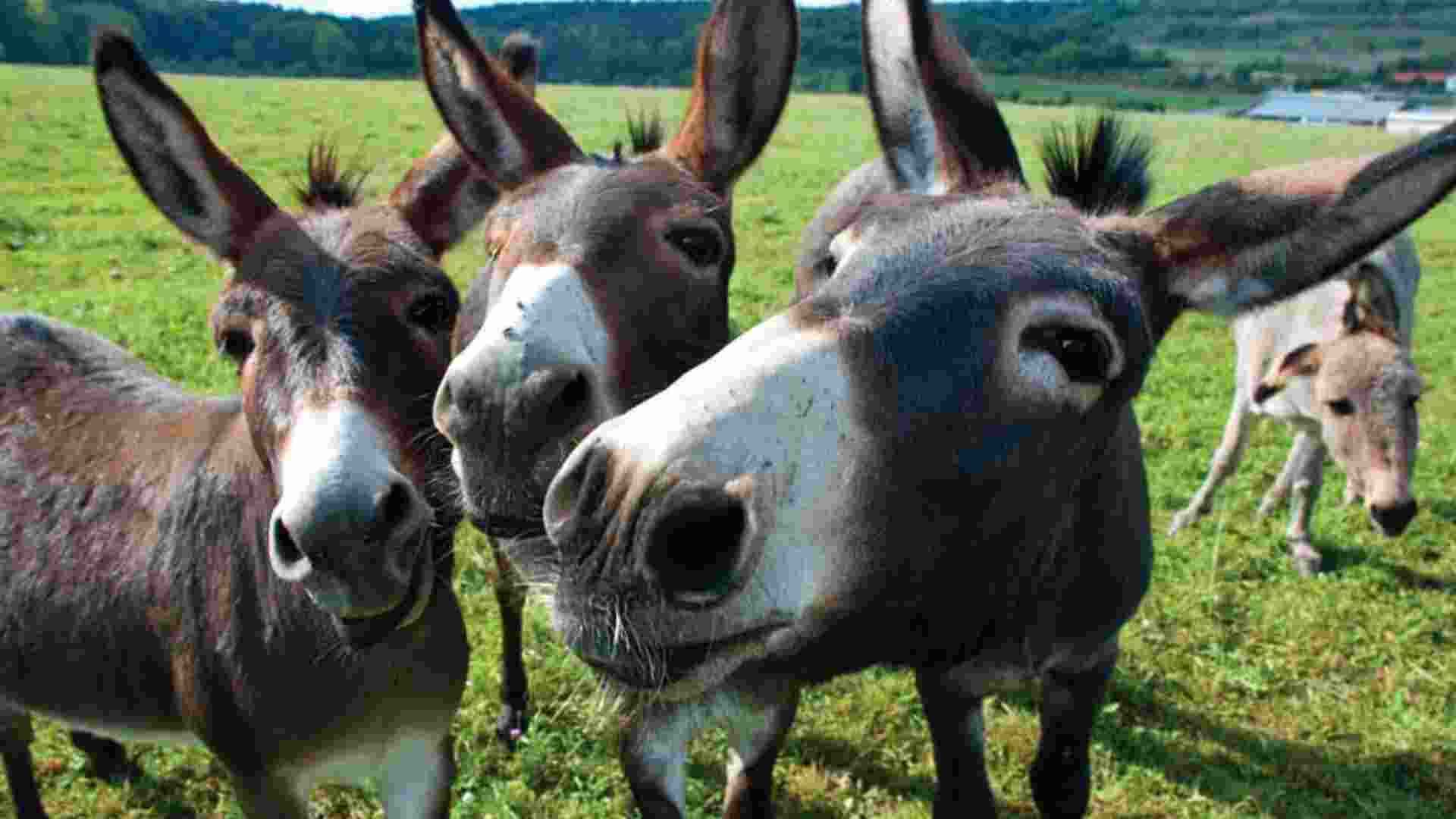This liquid dairy might seem like one of the latest trends in dairy markets, but it’s really ancient milk that has been around for thousands of years. Within some parts of Europe, the past few years have made donkey milk a popular choice between adventurous foodies and seekers of natural health-promoting food products. The article will further describe the benefits, uses, and drawbacks of using donkey milk.
History and Uses of Donkey Milk
Donkeys, belonging to the Equidae family, have been used as domesticated animals all over the world for their milk, with the female donkeys, or jennies, being the ones to provide nourishment. Donkey milk has a long history, with notable figures like Hippocrates using it as a remedy for conditions such as arthritis, coughs, and wounds. Cleopatra allegedly kept her skin soft and smooth by bathing in donkey milk.
Donkey milk is used for its antimicrobial property as well as as folk medicine treatment of infections including whooping cough in Africa and India. Donkey milk closely resembles human breast milk compared to the milk of other dairy animals and, hence, was used as baby food for orphaned babies during the 19th century. Today, donkey farming is increasing but it still remains a niche product as a jenny produces just around 4 cups of milk a day.
Most donkey milk sold is directly from farms, while in the United States, due to the ban on transferring raw milk across state lines, none is available. Larger farms may offer pasteurized versions of the milk. In Europe, donkey milk is available powdered and freeze-dried from most stores and is even infused into chocolates. In Italy, donkey milk is marketed in some infant formulas as well as a medical food.
Also Read: Baba Ramdev Tries Donkey Milk: Reveals Cleopatra’s Secret
Nutritional Content of Donkey Milk
The nutritional content of donkey milk resembles both human breast milk and cow’s milk in its low fat and calorie content and high content of vitamin D. Most of the calories from the lactose molecule comprise lactose, the main carbohydrate. Nutrition comparison table for some milks:
| Nutrient | Donkey Milk (100 mL) | Cow’s Milk (100 mL) | Human Breast Milk (100 mL) |
| Calories | 49 | 61 | 70 |
| Protein | 2 grams | 3 grams | 1 gram |
| Carbs | 6 grams | 5 grams | 7 grams |
| Fat | 2 grams | 3 grams | 4 grams |
| Cholesterol | 3% DV | 3% DV | 5% DV |
| Vitamin D | 23% DV | 9% DV | 1% DV |
| Calcium | 7% DV | 11% DV | 3% DV |
| Riboflavin | 2% DV | 13% DV | 2% DV |
Compared with cow’s milk, the ratio of whey to casein is higher in donkey milk and, therefore, is potentially suitable for people with milk protein allergies. The whey proteins in donkey milk also have antimicrobial properties, helping to prevent the growth of harmful bacteria such as Listeria, E. coli, and Staphylococcus aureus.
Health Benefits of Donkey Milk
Donkey milk has been considered for health benefits, especially in children allergic to cow’s milk. Since the casein content is lower in donkey milk, it is more tolerable to people allergic to the protein in cow’s milk. Italian research found that children with a cow’s milk allergy could safely consume donkey milk without any problems, thus growing normally and developing regularly. But if you do have an established allergy, then first see your doctor before you try donkey milk.
Lactose in donkey milk aids calcium absorption, which is very important for bone health. Also, donkey milk contains compounds that may support immune function. One study found that it encouraged the release of cytokines, proteins that stimulate the immune system, and increased nitric oxide production, which helps dilate blood vessels and reduce blood pressure.
Drawbacks of Donkey Milk
The primary drawbacks of donkey milk include a high price and lack of availability. Since the number of donkey farms is very low, it makes the production and selling process costly. Most small farms sell raw donkey milk, and this exposes babies, the elderly, and immunocompromised people to the danger of foodborne illnesses.
For safety, pasteurized donkey milk or heat raw milk to 161°F (72°C) for 15 seconds should be sought. Lactose intolerance also causes digestive discomfort from donkey milk because, although it contains less lactose than cow’s milk, it still contains some.
Donkey Milk in Cosmetics
Other than the nutritional benefits, donkey milk is also widely used as a skincare product. The proteins of donkey milk are very rich moisturizers that enable the skin to retain water. It contains antioxidants, among other things, that prevent oxidative damage of cells from exposure to the sun, giving the skin an anti-aging effect. Donkey milk is present in the cream, soaps, shampoos, and face masks.
Final Word
Donkey milk is far from a new fad; its numerous benefits in health and cosmetic applications have been ascribed since ancient times. It is also ideal for individuals with cow’s milk allergies because it contains less casein; however, lactose intolerance must be exercised with caution.
Although donkey milk is extremely difficult to find and expensive, especially when bought as a drink, it is present in most cosmetic products today. This is because, due to its moisturizing and antioxidant properties, it may help provide the much-needed new skincare solution or health boosting for individuals.























